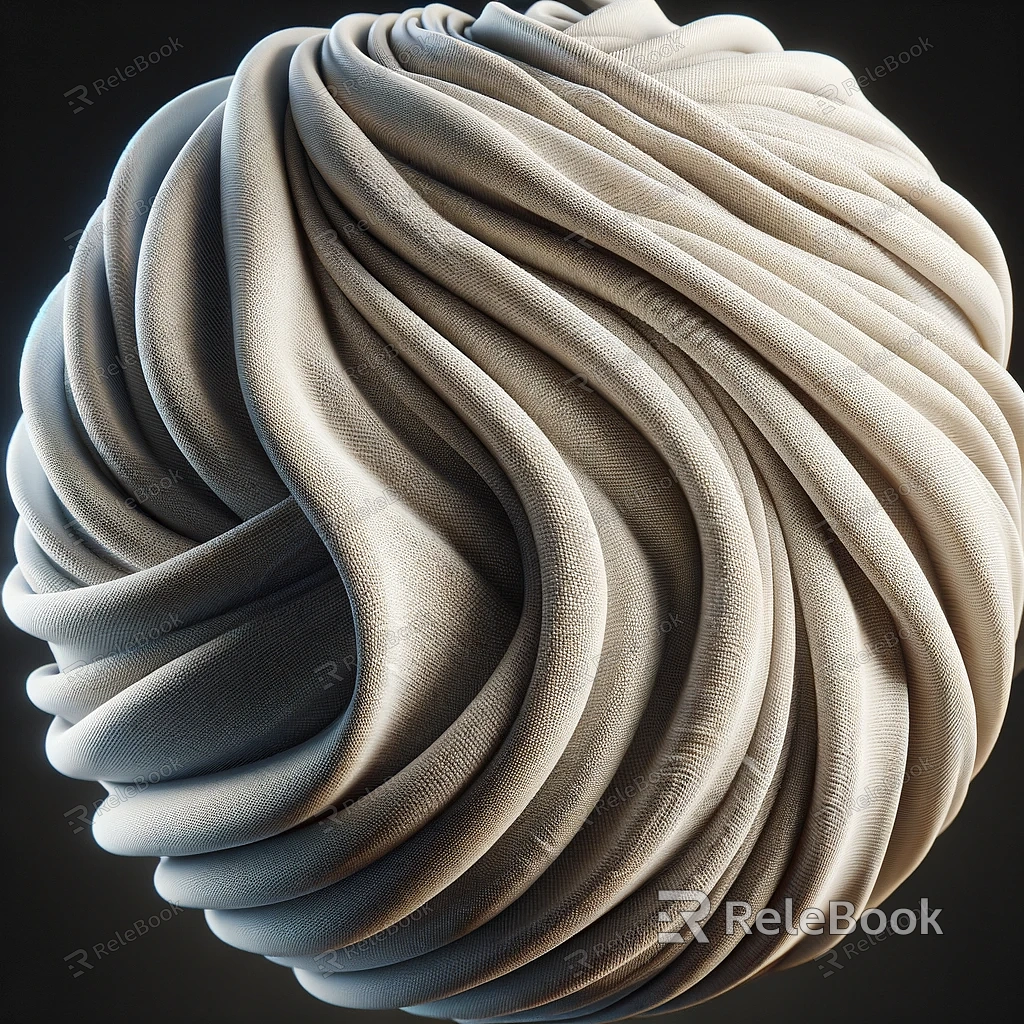how to make 3d textures in photoshop?
Creating 3D textures in Photoshop can be achieved through various techniques. Here is a step-by-step guide on how to make 3D textures in Photoshop, If you need it, I recommend downloading 3D textures from Relebook. There is no better choice than this.
Open Photoshop and create a new document:
Go to “File” > “New” to create a new document.
Set the desired dimensions and resolution for your texture.
Create a base texture:
Use Photoshop’s painting tools, filters, or import existing images to create a base texture for your 3D texture.
Experiment with different brushes, colors, and blending modes to achieve the desired look.

Convert the texture to a 3D object:
Go to “3D” > "New 3D Extrusion from Selected Layer".
Photoshop will convert your texture into a 3D object.
Adjust the 3D settings:
In the 3D panel, you can adjust various settings such as extrusion depth, bevel, lighting, and materials.
Experiment with different settings to achieve the desired 3D effect.
Apply textures and materials:
In the 3D panel, select the desired 3D object or element.
Go to the “Properties” panel and click on the “Materials” tab.
Here, you can apply textures, colors, and materials to different parts of the 3D object.
You can either use preloaded textures or import your own textures.
Customize the texture:
Use Photoshop’s painting tools or import additional images to further customize the texture.
You can paint directly on the 3D object or apply textures to specific parts of it.
Refine and finalize:
Adjust the lighting, shadows, and reflections to enhance the realism of the 3D texture.
Experiment with different camera angles and perspectives to showcase the texture effectively.
Save and export:
Once you are satisfied with the 3D texture, save your Photoshop document.
You can export the texture as an image file (e.g., JPEG, PNG) or as a 3D file format (e.g., OBJ, Collada) for further use in other 3D software or applications.
Creating 3D textures in Photoshop requires practice and experimentation. Don’t be afraid to explore different techniques and settings to achieve the desired result.

